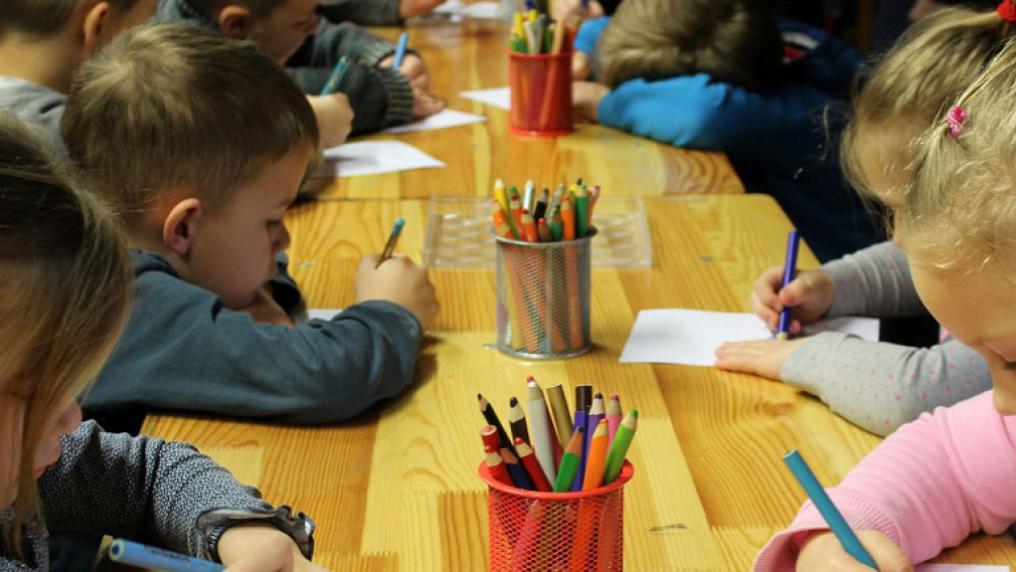Landmark report: A third of Australians living in childcare deserts

More than nine million Australians live in an area where there are insufficient childcare places for families, according to the most comprehensive analysis ever undertaken into childcare availability in Australia.
The landmark report Deserts and Oases: How accessible is childcare in Australia? (BIN, 1.95 MB) is being released today by think tank Mitchell Institute at Victoria University.
The report maps out the shortage of childcare services across every neighbourhood in the country and compares it to the socioeconomic status of communities and female workforce participation.
The Australian first report found that 28% of metropolitan and 52% of regional Australians live in areas considered ‘childcare deserts’ - where three or more children under four years of age were vying for every one childcare space available. Shockingly, one million Australians have no access to childcare.
The research found childcare places were concentrated in the wealthiest areas and close to major job centres, with a correlation between areas with higher childcare fees and childcare availability. Greater numbers of women with a child under five were in the workforce in locations where more childcare places were available.
Lead author Dr Peter Hurley from Victoria University’s Mitchell Institute said the research showed providers were not only establishing services where there was greater demand, but where they were likely to make greater profits.
“Unlike schools, the early learning sector is made up of for-profit businesses and not-for-profit providers,” he said.
“Our research shows that more childcare places are found in Australian suburbs where childcare fees are the highest, suggesting there is an incentive for providers to open in wealthier areas where families can afford to pay higher fees.”
“For many regional towns, Australia’s policy approach to early learning results in a complete absence of provision, especially for towns with a population of less than 1500 people,” Dr Hurley said.
“These are not thin markets, but rather an absence of a market as the current policy settings mean it is not viable for providers to offer childcare.”
Dr Hurley said the shortage of childcare places was a concern for both the economy and children’s early development.
“There is a huge body of evidence showing the positive long-term impacts produced by high-quality early learning in setting children up for success as they transition to school, with the benefits continuing throughout their life,” he said.
“Children from disadvantaged backgrounds benefit the most, but our research shows these children are the ones most likely to live in an area with a shortage of childcare places.”
Dr Hurley said access to childcare made economic sense by boosting workforce participation for women, helping families, employers and the economy.
“Families need easy access to affordable high-quality childcare and there is a clear link between childcare accessibility and female workforce participation. Making it easier for mothers to work if they choose to will benefit the family and the broader economy.”
Dr Hurley said universal access to schools showed what Australia could achieve in the early learning sector.
“We don’t need to replicate the school system, but the school sector does show that universal access to high-quality affordable early learning doesn’t have to be an unattainable dream,” he said.
Recent economic modelling from Victoria University’s Centre of Policy Studies shows that investment in the early learning largely pays for itself through increased tax paid to government from greater female workforce participation.
The sector receives $11 billion a year in Federal Government funding via the childcare subsidy with parents contributing up to $6.8 billion (in 2019). The sector received two economic bailouts during the pandemic and is facing further economic challenges related to attracting and retaining skilled educators.
Contact us
Media Enquiries
[email protected]


